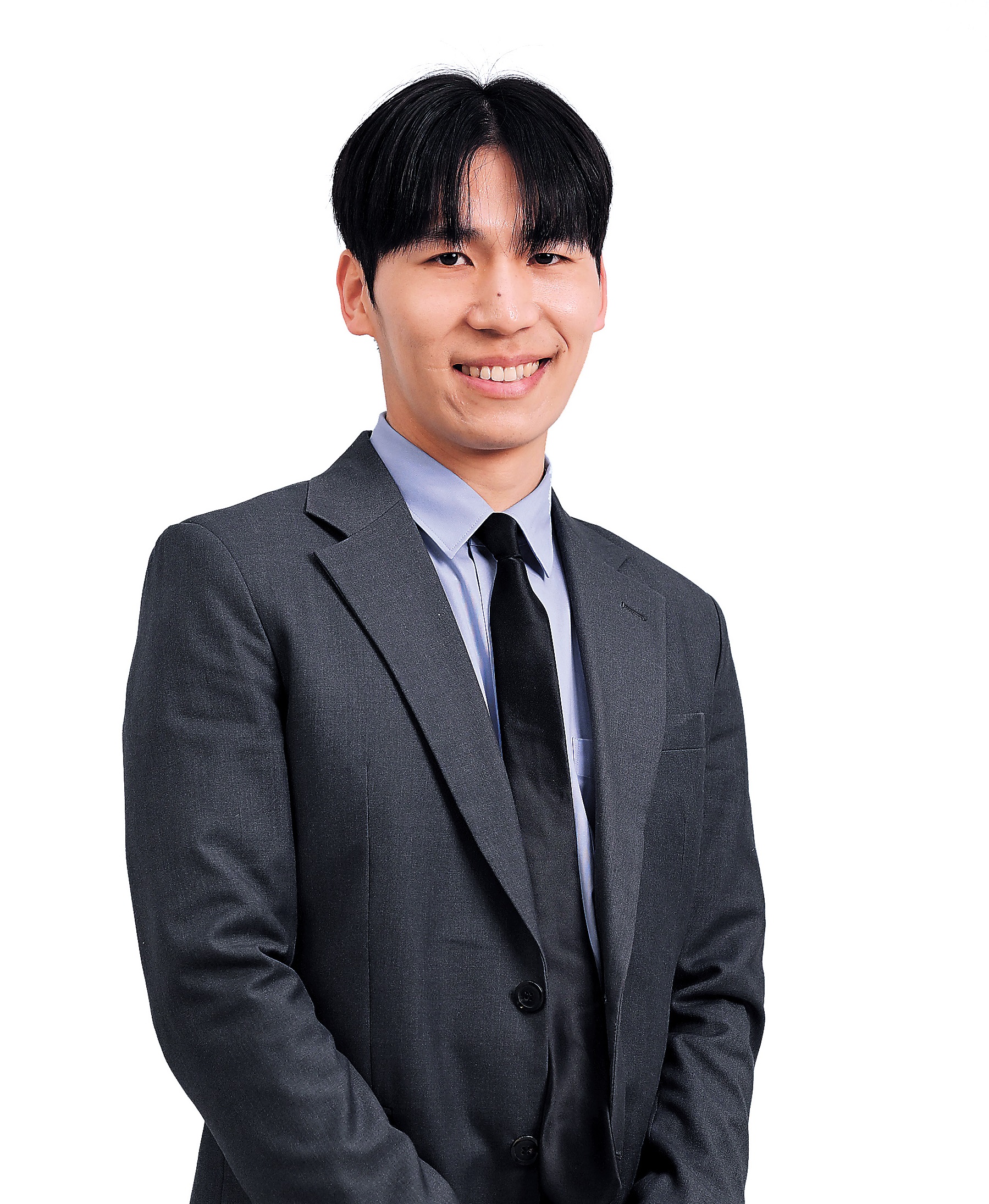Foreign student arrivals hit record high. Find out which country leads the pack
By No Kyung-minPublished : Aug. 12, 2024 - 17:22

Over 200,000 international students came to South Korea for studies in the first six months of this year, setting a new half-year record, data showed Monday.
According to the Korea Tourism Organization, 204,000 foreign students entered South Korea for studies from January through June, a 50.6 percent increase from the same period last year.
This is the first time that the half-yearly number of student arrivals has exceeded 200,000, though the total number of students at universities here has been above that level since last year.
Since dipping to around 30,000 in the second half of 2020 amid the depths of the pandemic, arrivals of foreign students have been on a steady incline, reaching 55,000 in the first half and 97,000 in the latter half of 2022. In 2023, these figures rose further to 136,000 in the first half and 178,000 in the second half, though some of these will be returning after a trip abroad, rather than new students.
This year’s data showed that around 150,000 of the incoming students were aged 21 to 30, while 31,694 were under 20. Another 18,903 students were between 31 and 40 years old, and 3,635 were aged 41 to 50.
By country, the majority of students came from China, making up 55.2 percent with 112,000 students, followed by 33,000 from Vietnam and 6,900 from Japan.
The South Korean government is in the second year into its the “300K project,” which aims to increase the number of foreign students at domestic universities to 300,000 by 2027, from around 170,000 recorded in 2022. The number for June was 236,000, up 29,000 from a year earlier.
The initiative includes efforts to make South Korea a more attractive place to study for foreigners, focusing on both academic and career development opportunities.
In regions facing population decline, local universities and institutions are also investing in attracting foreign students by offering relevant degree courses, Korean language programs and organizing job fairs specifically for international students.
Other state agencies like the Ministry of SMEs and Startups and the Ministry of Justice are actively working to help these students find employment in South Korea as a way to revitalize local areas and address labor shortages.


















